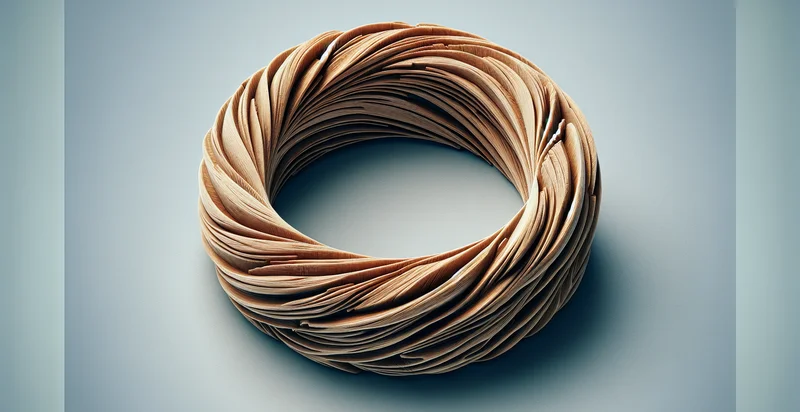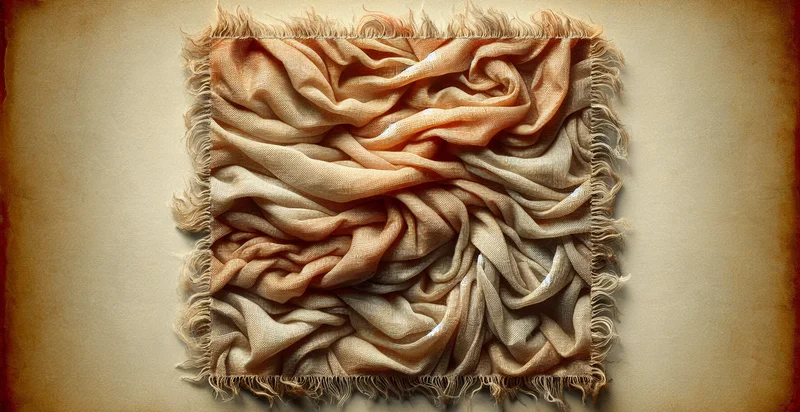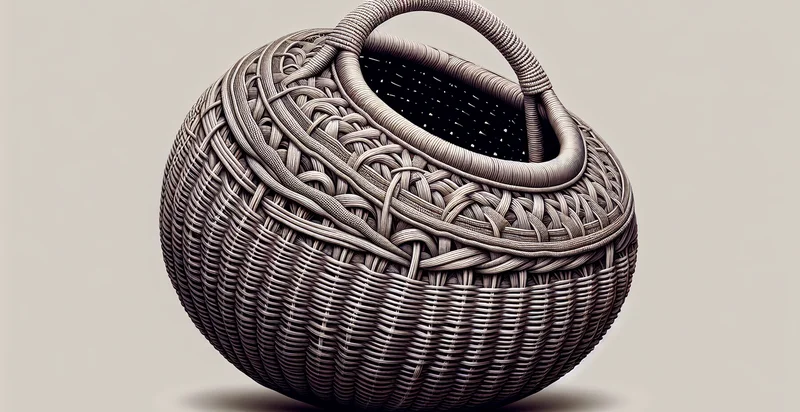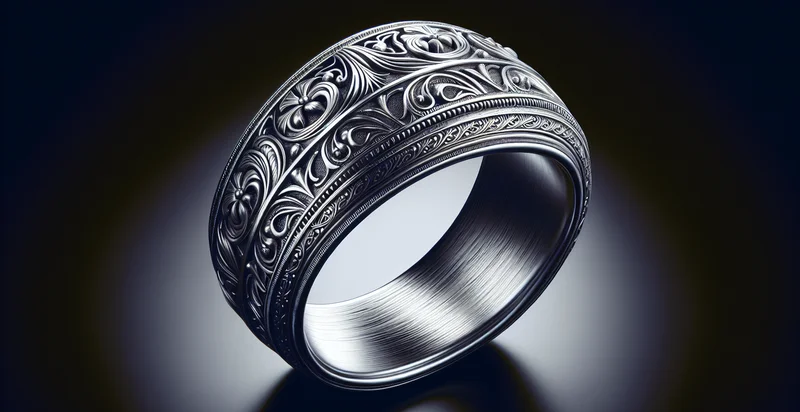Identify what material a napkin ring is made from
using AI
Below is a free classifier to identify what material a napkin ring is made from. Just upload your image, and our AI will predict what material a napkin ring is made from - in just seconds.

Contact us for API access
Or, use Nyckel to build highly-accurate custom classifiers in just minutes. No PhD required.
Get started
import nyckel
credentials = nyckel.Credentials("YOUR_CLIENT_ID", "YOUR_CLIENT_SECRET")
nyckel.invoke("what-material-a-napkin-ring-is-made-from", "your_image_url", credentials)
fetch('https://www.nyckel.com/v1/functions/what-material-a-napkin-ring-is-made-from/invoke', {
method: 'POST',
headers: {
'Authorization': 'Bearer ' + 'YOUR_BEARER_TOKEN',
'Content-Type': 'application/json',
},
body: JSON.stringify(
{"data": "your_image_url"}
)
})
.then(response => response.json())
.then(data => console.log(data));
curl -X POST \
-H "Content-Type: application/json" \
-H "Authorization: Bearer YOUR_BEARER_TOKEN" \
-d '{"data": "your_image_url"}' \
https://www.nyckel.com/v1/functions/what-material-a-napkin-ring-is-made-from/invoke
How this classifier works
To start, upload your image. Our AI tool will then predict what material a napkin ring is made from.
This pretrained image model uses a Nyckel-created dataset and has 17 labels, including Acrylic, Bamboo, Ceramic, Crystal, Fabric, Glass, Leather, Marble, Metal and Paper.
We'll also show a confidence score (the higher the number, the more confident the AI model is around what material a napkin ring is made from).
Whether you're just curious or building what material a napkin ring is made from detection into your application, we hope our classifier proves helpful.
Related Classifiers
Need to identify what material a napkin ring is made from at scale?
Get API or Zapier access to this classifier for free. It's perfect for:
- E-commerce Product Verification: Online retailers can utilize the false image classification function to verify the materials used in napkin rings listed on their platforms. This ensures that product descriptions match the actual materials, reducing customer complaints and returns.
- Quality Control in Manufacturing: Napkin ring manufacturers can implement this function in their quality control processes. By classifying materials automatically, manufacturers can maintain consistency and ensure that only products made from the specified materials are released to the market.
- Interior Design Consultation: Interior designers can leverage this function when selecting napkin rings for client projects. By understanding the materials used, designers can recommend products that align with their clients’ preferences, enhancing overall design coherence.
- Product Development Insights: Companies can use this function to analyze market trends by examining popular materials of napkin rings across various platforms. Insights gained can guide product development initiatives and material sourcing strategies.
- Sustainability Reporting: Businesses focused on sustainability can employ this function to classify napkin ring materials and provide transparency in their supply chains. This assists in showcasing environmentally friendly materials and practices to customers looking for sustainable options.
- Artisan Craft Marketplace: Artisans can benefit from this technology by enabling potential buyers to verify materials used in handmade napkin rings. This added layer of verification can enhance customer trust and potentially lead to higher sales.
- Consumer Education Platforms: Educational resources or apps can incorporate this function to inform consumers about the various materials used in napkin rings. This empowers customers with knowledge on product durability, maintenance, and environmental impact, leading to more informed purchasing decisions.


